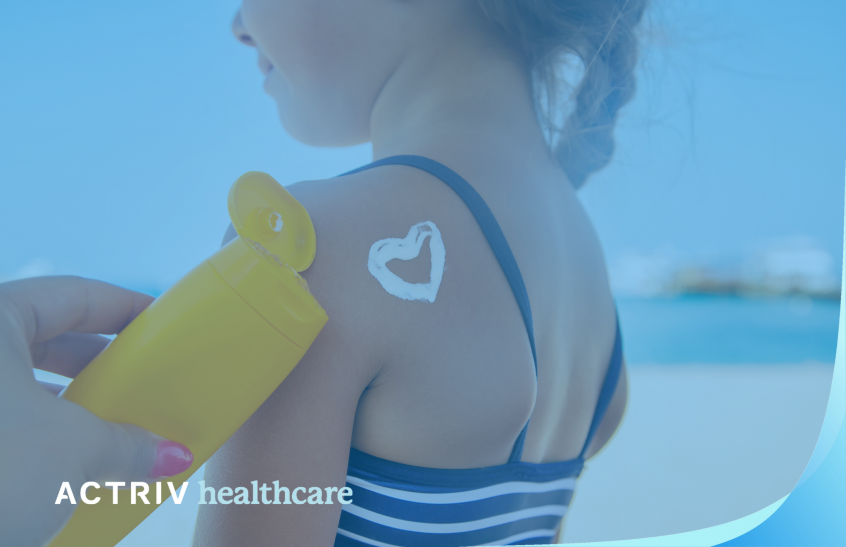Summer is here and July is UV Safety Awareness Month! It’s important to take steps to protect yourself from UV radiation. The sun produces UVA and UVB rays that can cause damage to your eyes, leading to impaired vision and even blindness.
What is UV Radiation?
UV radiation is the invisible part of the sun’s rays that we can feel on our skin as heat. It’s actually divided into three types: UVA, UVB and UVC, with a fourth type called UVD (ultraviolet-D) being discovered more recently.
UVA, the most common form of UV radiation, is the one you’re probably most familiar with because it’s responsible for those all-over tanning moments at the beach or by your car window after you’ve driven through town for an hour or two—the one that leaves you looking like an Oompa Loompa because it doesn’t show up right away but makes its presence known over time.
UVB is harmful (though not as much as some would have you believe) and very rarely penetrates glass meaning you don’t need to worry about it when driving unless there are windows open in front of your face or something like that.
How does UV affect the eyes?
You may have heard that UV radiation is harmful to the skin, but did you know that it can also affect the eyes?
The cornea is a clear protective surface on the front of your eye. UV exposure causes damage to it over time which can lead to cataracts and other eye issues. The retina is a thin layer of tissue at the back of your retina that converts light into electrical signals for your brain to interpret as images. Damage from UV radiation can cause macular degeneration, which is when cells in this area become damaged or die off, causing loss of vision in that area. Furthermore, this condition could eventually lead to blindness if not treated properly by an optometrist or ophthalmologist. A person’s iris is their colored ring around their pupil; if exposed too long without protection (like sunglasses), sunlight can cause irritation because some people are more sensitive than others when it comes down getting burned by intense heat
Symptoms of UV Overexposure?
You should also look out for the following symptoms of UV overexposure.
- Blurred vision, redness of the eyes, sensitivity to light and eye pain are common symptoms of short-term UV overexposure.
- Headaches and dry eyes may indicate long-term overexposure to UVA and UVB.
- Irritation or redness of the skin may indicate long-term exposure to UVA rays without sunscreen protection or at high altitudes (where more direct sunlight reaches your skin).
How to Protect Your Eyes
- Wear sunglasses. Sunglasses can reduce the amount of ultraviolet (UV) radiation that reaches your eyes by 99%. Sunglasses with UV-absorbing lenses are also available and recommended for outdoor activities in bright sunlight such as driving and boating.
- Wear a hat. A wide brimmed hat provides protection from both UV rays and rain, which may allow you to leave your sunglasses at home on cloudy days when there’s no risk of skin cancer or eye damage caused by UV exposure.
- Avoid looking directly at the sun during sunrise and sunset. The sun can look larger than usual while rising or setting, making it harder to avoid looking directly into the light source without having tinted glasses handy; however, even when wearing sunglasses it’s still possible for harmful rays to enter through the side of your eyes if you stare directly up into the sky at these times of day. This risk is especially high for children who tend to be less aware about how much damage they could be doing themselves!
- Don’t forget about your contacts! If you wear contact lenses regularly, ask an optometrist about options like daily disposable contacts that will help keep harmful rays from reaching your eyes all year long – not just during July!

